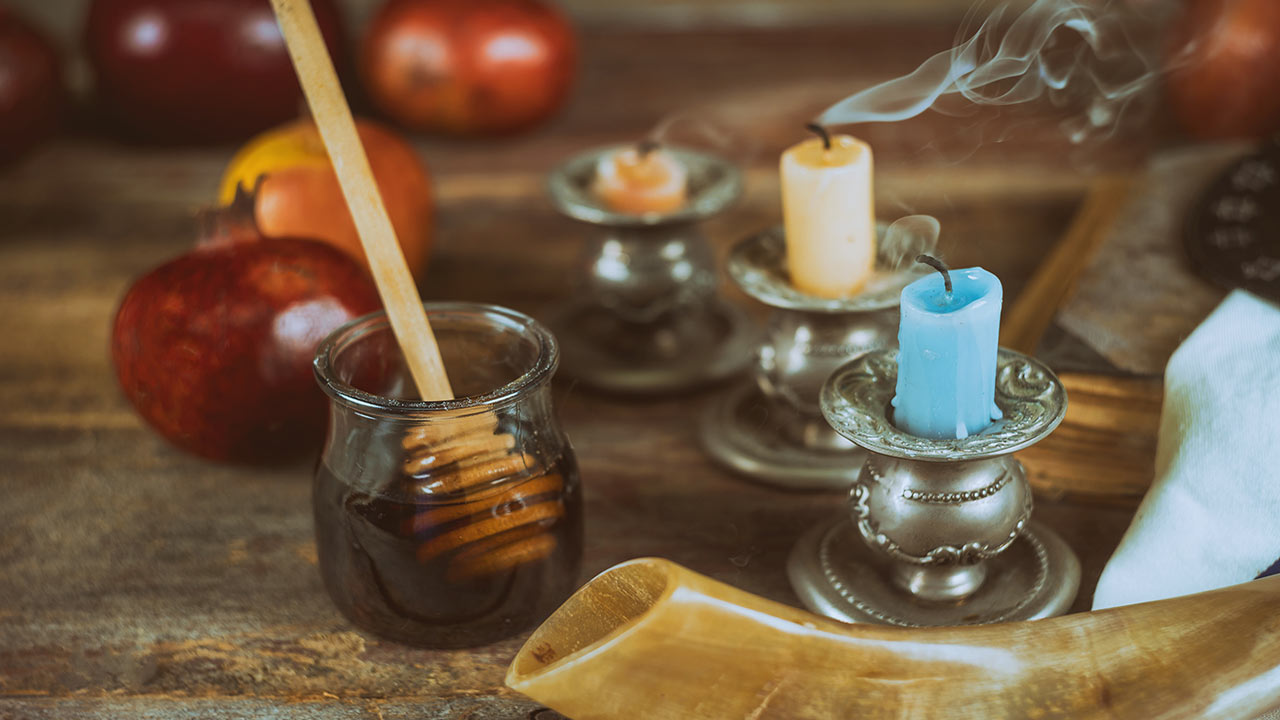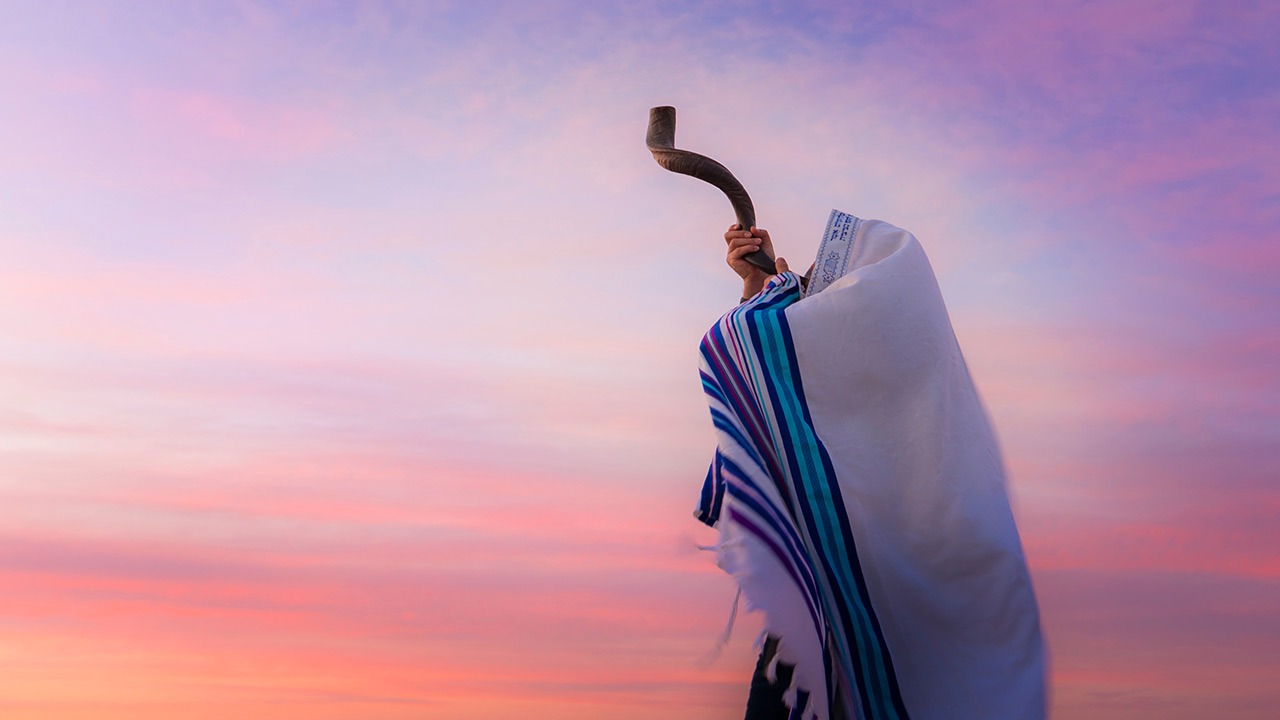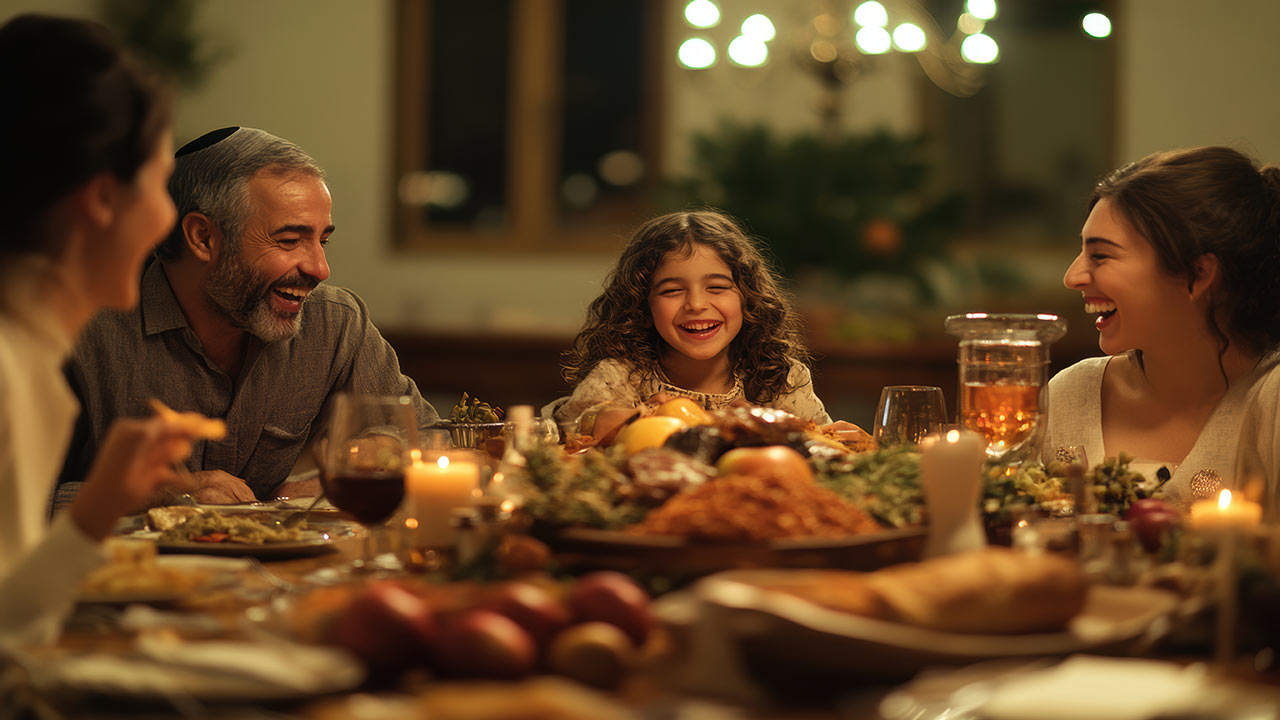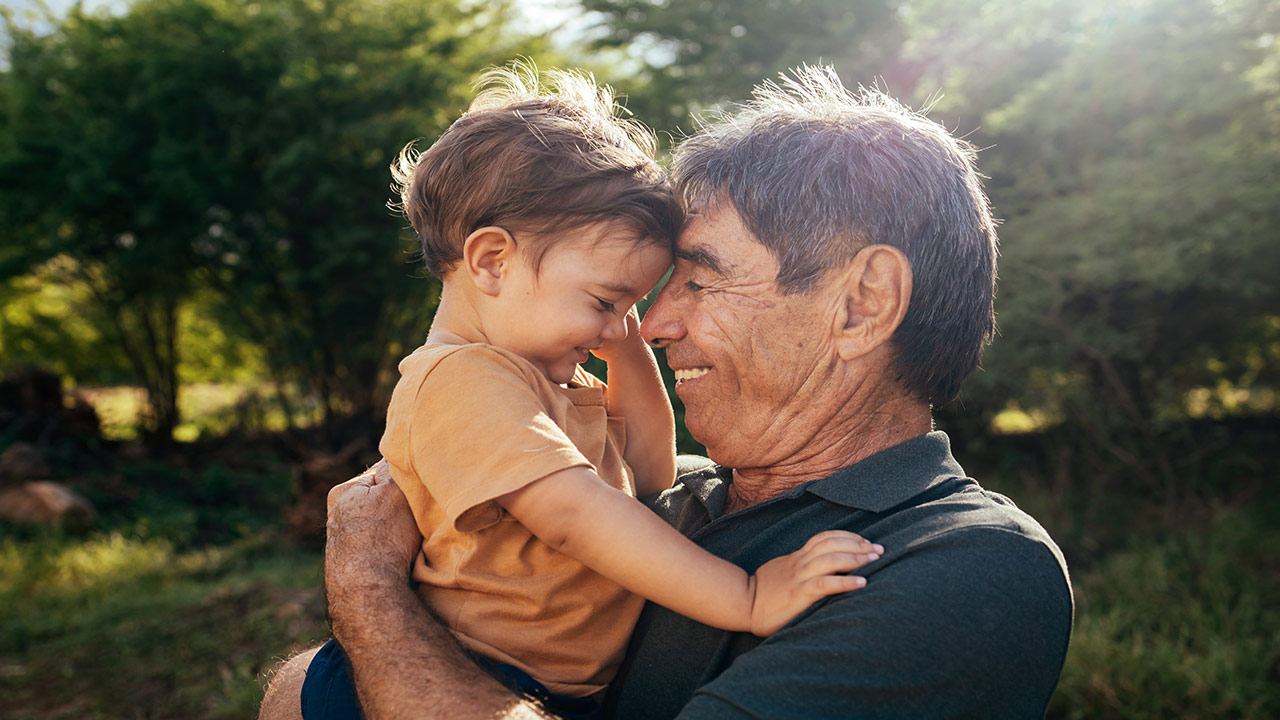Many around the world know of the Jewish holiday Hanukkah, which is marked by the lighting of the Menorah, spinning the dreidel, and eating delicious, sweet sufganiyot. However, many might not be as familiar with the High Holiday of Rosh HaShanah, observed by the remaining 15 million Jews around the world.
Rosh HaShanah literally translates to “Head of the Year,” and with it comes a rich history and beautiful traditions. It is the Jewish New Year, a time of prayer, self-reflection, and t’shuvah.
The holiday falls on the first day of the Hebrew month of Tishrei, which usually aligns with September or October on the Gregorian calendar due to the differences between the solar and lunar systems. Jews celebrate this holiday with meaningful traditions that help set the tone for the year ahead. One of the most significant customs is the sounding of the shofar, a powerful and spiritual moment.
We also enjoy eating a round challah, symbolizing the cycle of the year, and savoring apples dipped in honey to wish for a sweet and prosperous year. Each tradition carries a personal and communal connection to renewal and reflection.
This year is significantly more meaningful as it is my first Rosh HaShanah, which I will celebrate as a conversion student. Although I have celebrated with the Jewish family I married into for the last decade, I’m excited to experience this High Holiday as someone who is experiencing Judaism through a new and unique lens.
The History of Rosh HaShanah

The origins of Rosh HaShanah are rooted in the Bible, specifically in the Book of Leviticus 23:24-25. This passage calls for a day of rest and reflection on the first day of the seventh month, marked by the blowing of the shofar and a sacred gathering. While Jews now celebrate this day as Rosh HaShanah, it was originally understood differently.
In ancient times, the Jewish calendar recognized four different New Year’s, each with its own unique significance. On the first of Nisan, Jews marked the New Year of Kings, a date used to track the reign of monarchs. The first of Elul dedicated the tithing of cattle, where one out of every ten cattle was set aside as a sacred offering to God.
The first of Tishrei, which we now celebrate as Rosh HaShanah, served as the agricultural new year, or the New Year of the Years.
Finally, the 15th of Sh’vat, known as Tu BiShvat, was celebrated as the New Year of the Trees. This was a time to honor nature’s cycle and our connection to the land. Each of these New Years brought its own profound meaning, reflecting the many layers of time and renewal in Jewish life.
Different Traditions From Around the World

Across the globe, different Jews practice many customs and traditions for this special holiday. From eating challah by Ashkenazi Jews to blowing the shofar early by Jews in Yemen, celebrations take various shapes.
Please keep in mind that this is not intended as a practical guide. Everyone should continue following their own traditional customs. This article serves purely for educational purposes and is written by a non-Jew (for now).
Djerba: Picking Fallen Olives
On the island of Djerba, off the coast of Tunisia, where a vibrant Jewish community still thrives, children eagerly comb the olive orchards in the days leading up to Rosh HaShanah. They gather as many fallen olives as possible and then preserve them in salt.
On the morning before Rosh HaShanah, the children proudly carry the olives through the streets, calling out “zeitun yehi ratzon.” This joyful announcement lets people know they have olives for reciting the traditional yehi ratzon blessing, which expresses the hope that our merits multiply like olive saplings. The entire ritual reflects the community’s deep connection to both nature and faith.
Syria: Blessing the Barber
After getting their pre-Rosh HaShanah haircuts, the Jews of Aleppo, known as Aram Tsoba, would say to the barbers, “ne’eman,” meaning “bliss.” The barbers would respond with “Yin’am aleik,” meaning “May G‑d make you perfectly happy as well.”
They chose to say this exchange in Arabic rather than Hebrew out of respect for the sanctity of the Holy Tongue. Since the barbershop, much like a bathhouse, was considered an inappropriate place for speaking words of holiness, they avoided using Hebrew in that setting.
Western Europe: Paying Debts
The Book of Customs from Worms, Germany—one of the most historic and respected Ashkenazi communities—records the tradition of paying off all debts before Rosh HaShanah. This practice allows individuals to enter the Day of Judgment unburdened and with a clear conscience.
During the Shemitah year, this custom became even more significant. Debts that are not transferred to the court for collection through a process called pruzbul are forgiven and can no longer be collected, adding a deeper layer of responsibility and reflection.
Turkey: Avoid Honey
I was surprised to discover that Turkish Jews do not participate in the Rosh HaShanah ritual of dipping apples into honey. Although this custom is commonly practiced by many other Jews around the world, Sephardim, including those from Turkey, avoid honey altogether.
They believe it might contain the legs of bees, which are not kosher. Rather than dipping their apples in honey, they use sugar instead.
Morocco: Enjoying Seven Cooked Vegetables
I love the Moroccan tradition of enjoying seven cooked vegetables on the eve of Rosh HaShanah. While the types of vegetables vary, the number seven remains a constant. Several of these dishes align with the symbolic foods traditionally eaten to bring blessings for the new year, such as zucchini, turnips, chickpeas, and yellow squash.
The significance of the number seven is deeply meaningful. It reflects that Rosh HaShanah begins the seventh month of the Jewish calendar and connects to the Midrashic teaching that “all sevenths are beloved,” emphasizing the spiritual importance of this number.
Yemen: Blowing Shofar Early
Traditionally, Shofar blowing takes place during the morning service and again during the Mussaf or “additional” service. However, following an ancient Baladi custom, some rise extra early to blow 30 shofar blasts at or even before dawn, adding to the ones blown later in the morning.
This early morning practice reflects the Midrashic teaching to “preempt evil before it precedes you,” emphasizing the importance of taking proactive spiritual action to safeguard the day ahead. The shofar’s call at dawn serves as a powerful way to begin the day of Rosh HaShanah with intention and vigilance.
On a more somber note, only one Jew remains in Yemen, according to a 2022 United Nations report.
Iran: Psalms Read in the Home of the Deceased
The rich custom of reading as many psalms as possible during this High Holiday goes back centuries. Among the 8,500 Iranian Jews that remain today, they recite the entire book twice in the home of someone who has passed away within the last year. This results in 300 chapters being read since the word “forgive” has a numerical value of 300.
My Family’s Traditions

Rosh HaShanah begins at sundown on Wednesday, Oct. 2, 2024, and ends after nightfall on Friday, Oct. 4. We are hosting close friends in our home to welcome the New Year on the first night. The main course will include a beautiful dinner of honey and soy glazed chicken, tzimmes, black-eyed pea salad, and a potato kugel as the main course.
Naturally, we will begin the meal with my husband’s delicious matzo ball soup and the traditional passing around of apples and honey. For dessert, we’ll enjoy a tasty apple pie because life is sweet.
Our family will attend services on Thursday, Oct. 3, and bring in the new year with beloved members of our community. We will listen to the shofar being blown, recite meaningful blessings and prayers, and sing songs of joy, love, and peace.
Shana Tov.
This article has been cross-posted on The Road Less Wandered.




